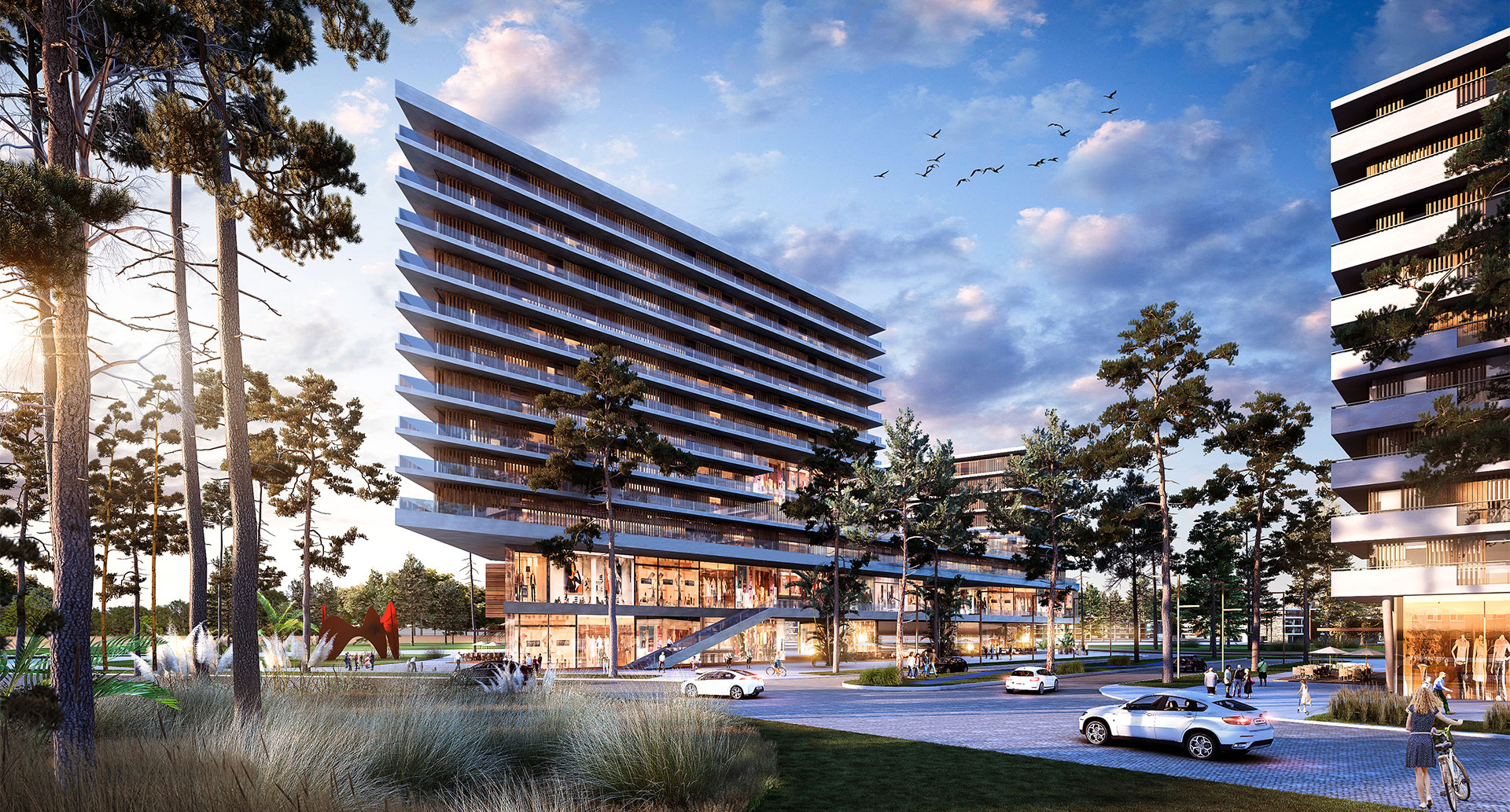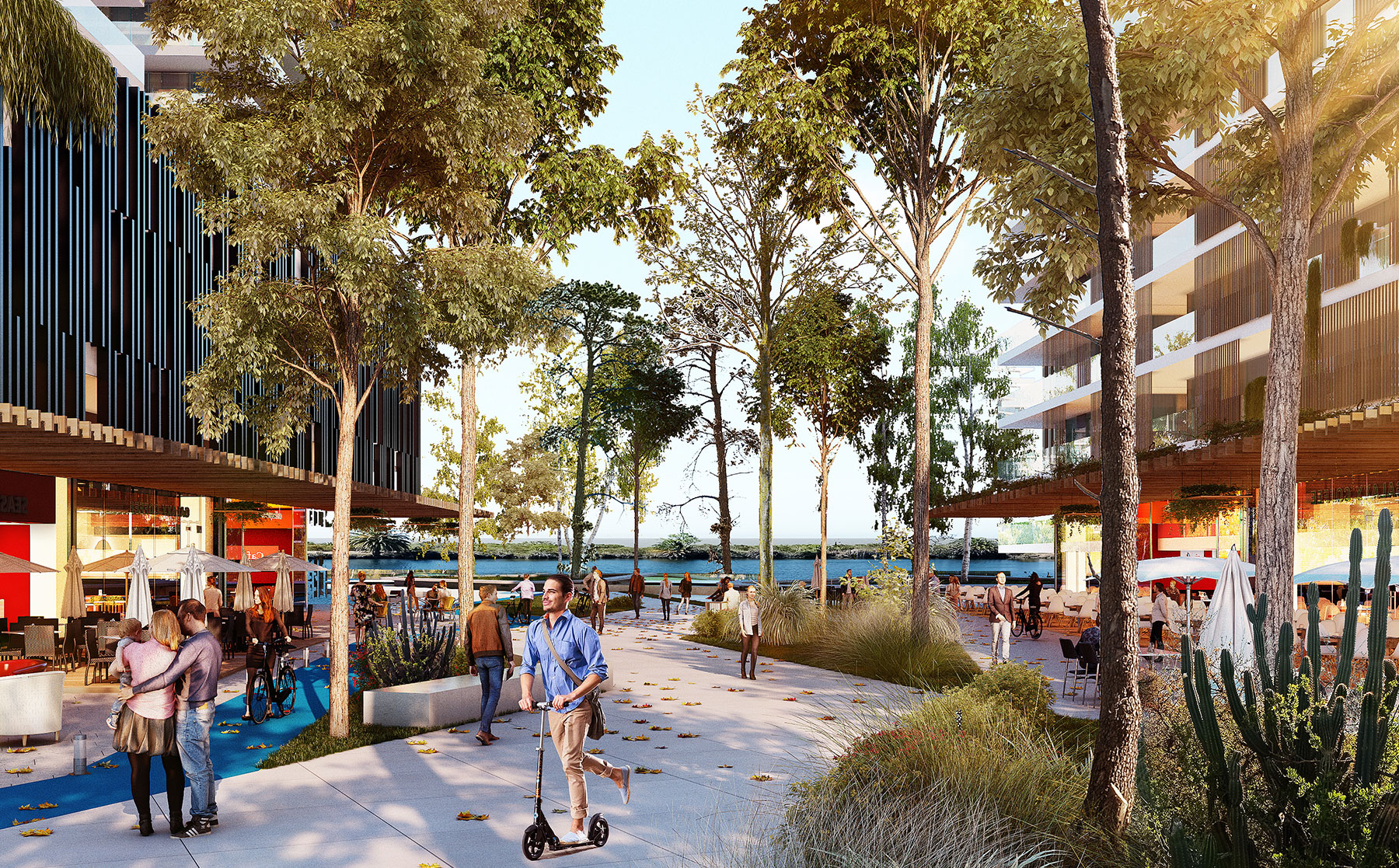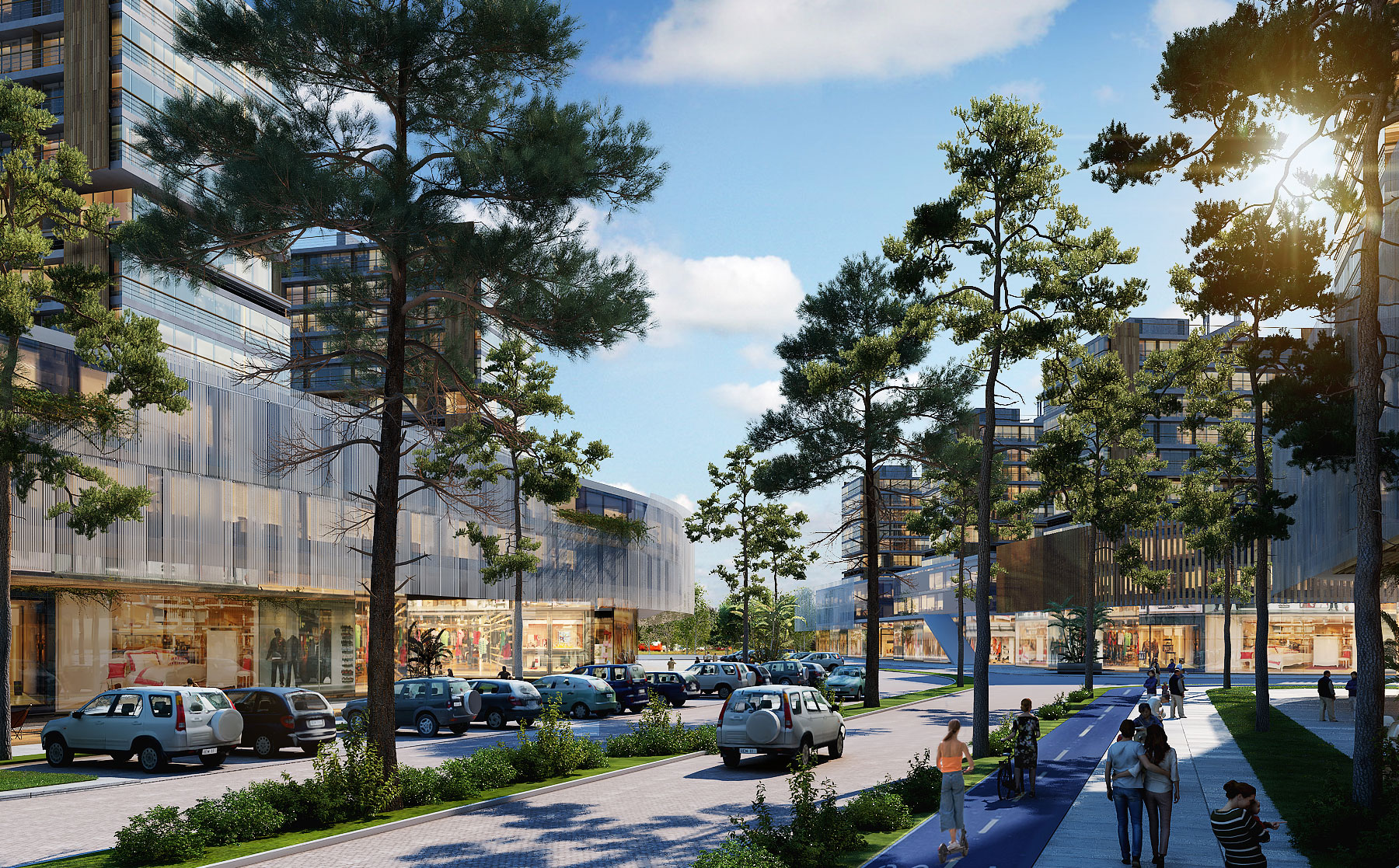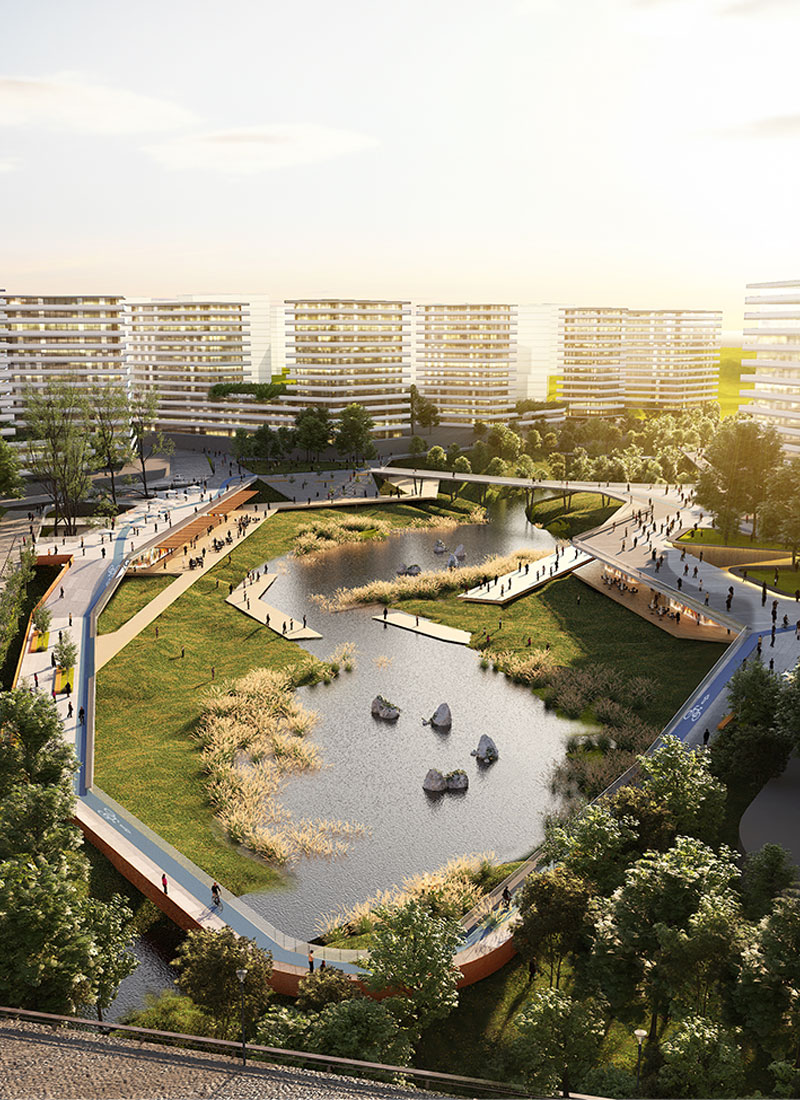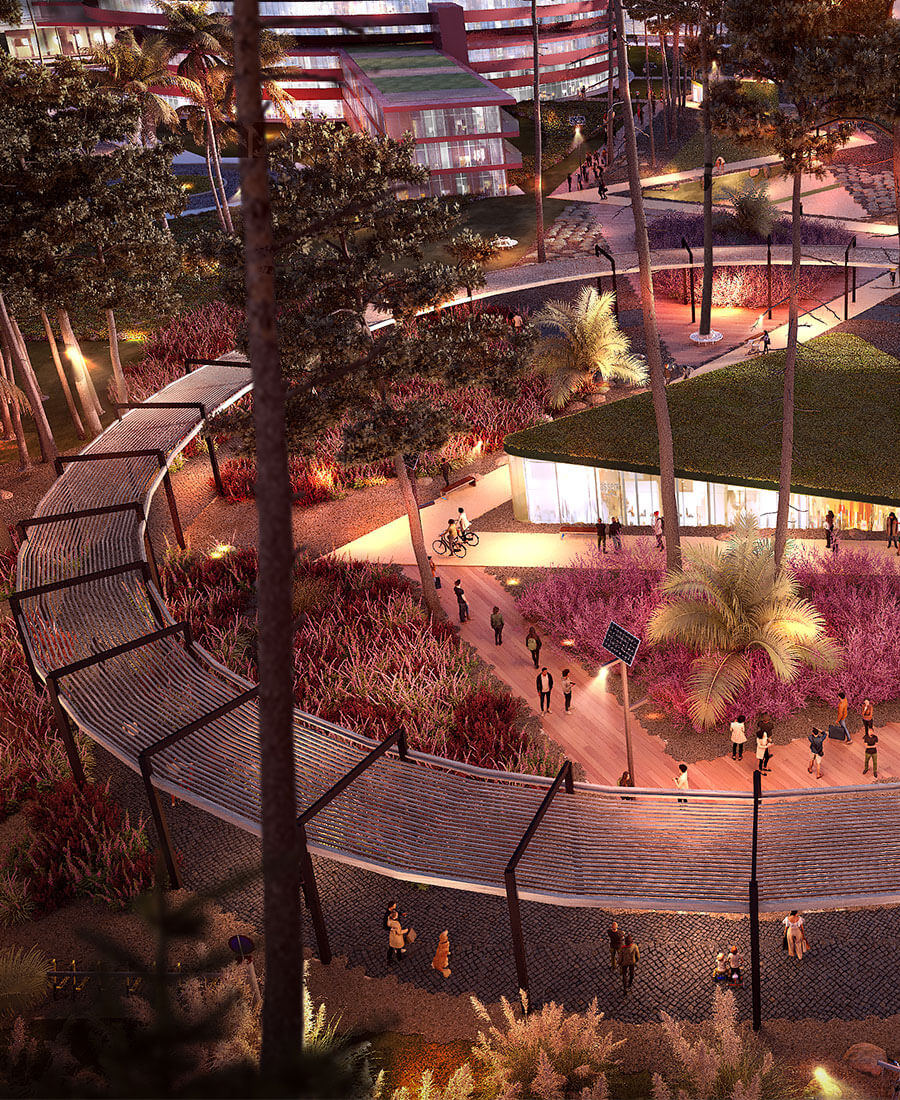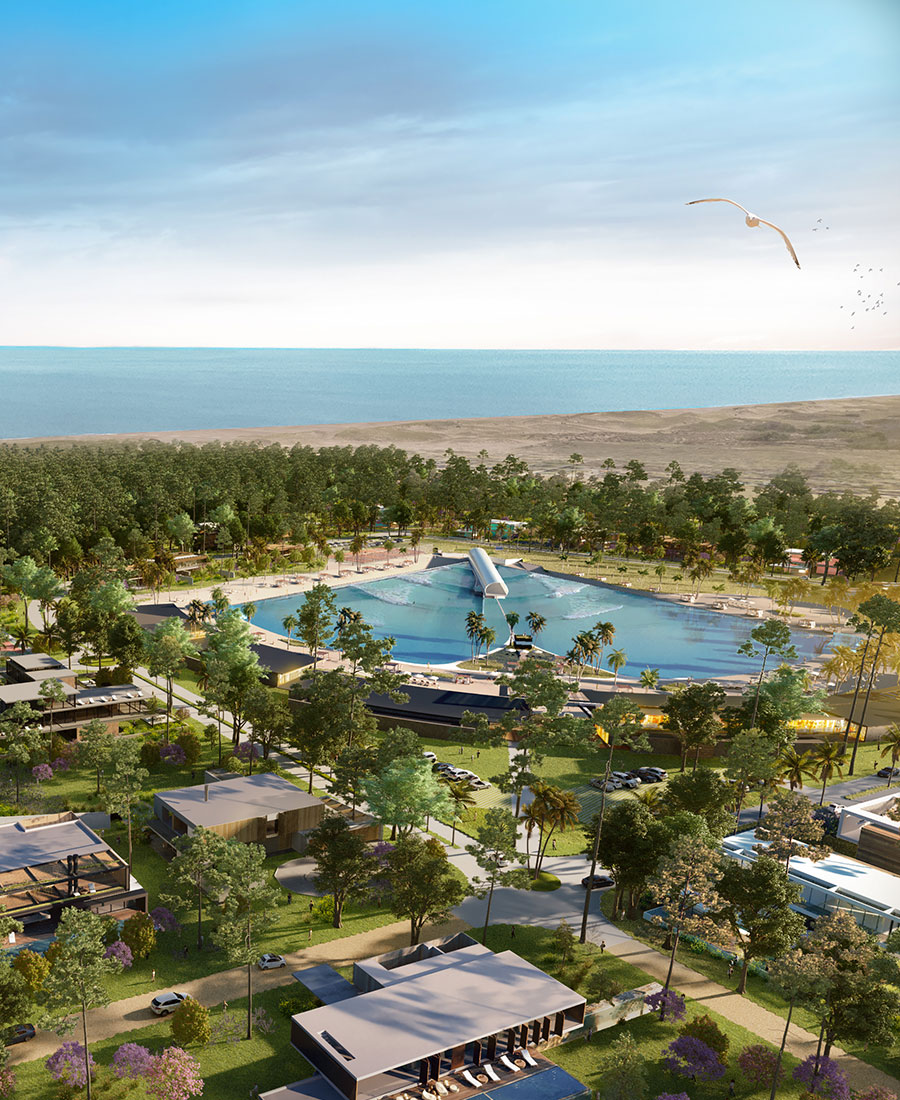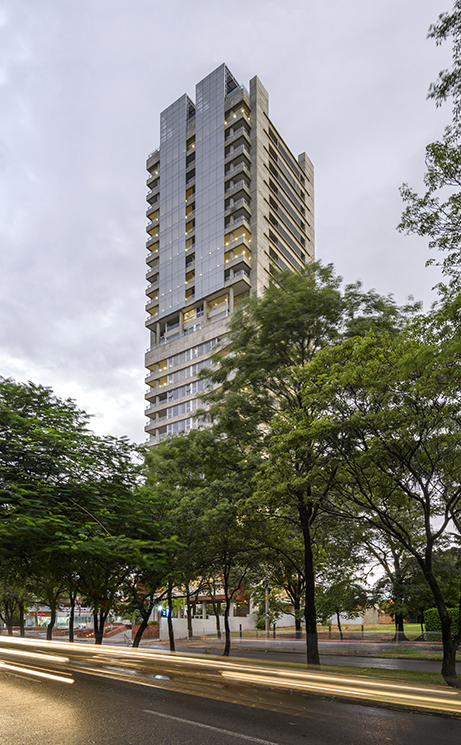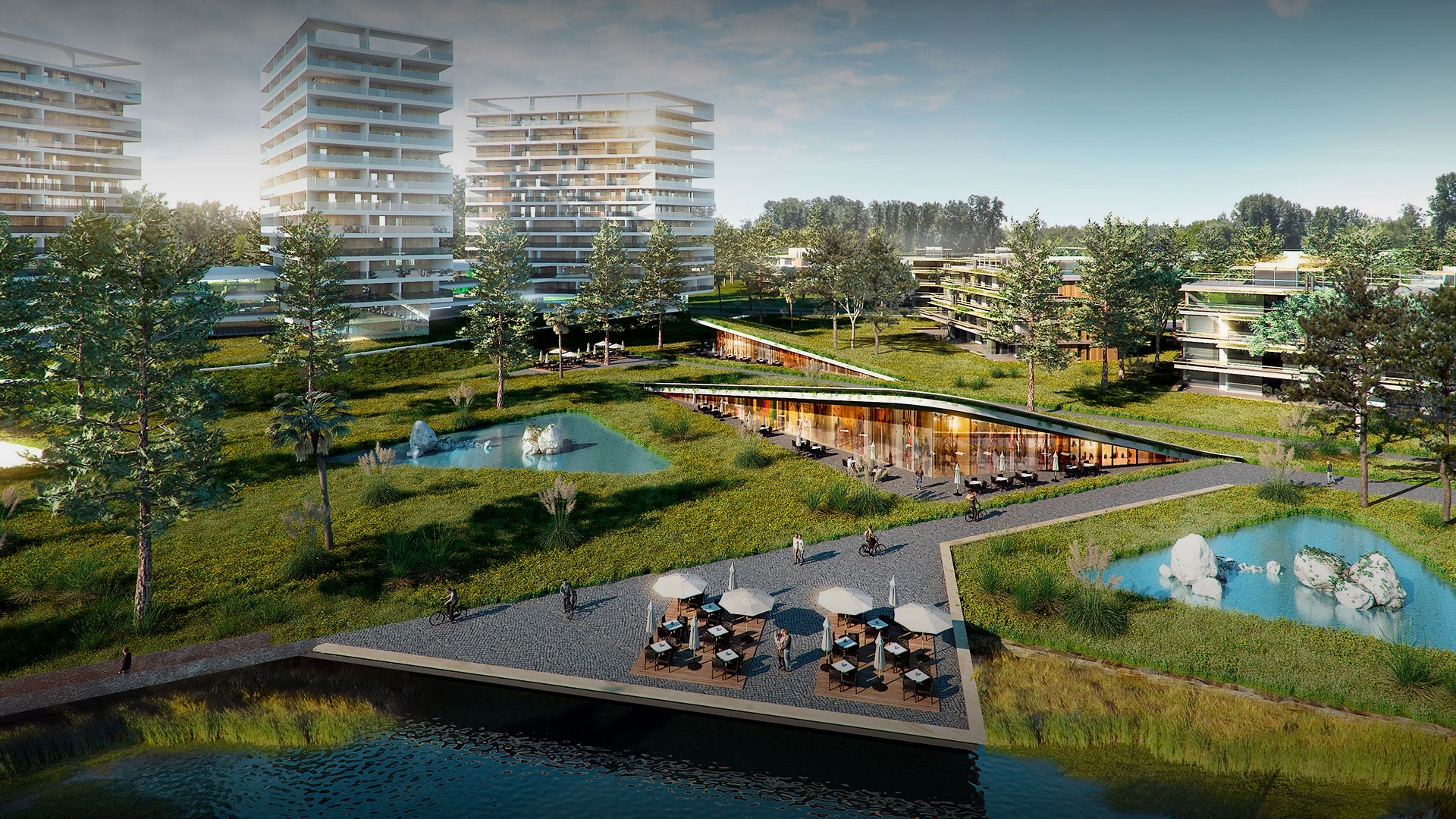

-
Program:
Urbanization
-
Status:
Under construction
-
Area:
515 hectares.
- Awards:
-
+Colonia proposes a natural expansion of the historic Uruguayan port city on land located one kilometer east of the passenger port. The 515 ha site has seven km of waterfront on the Río de la Plata. The project will allow the expansion of the eastern wing of the city over an area that for decades was a barrier to development on that front. The first stage would involve the development of almost 200 hectares.
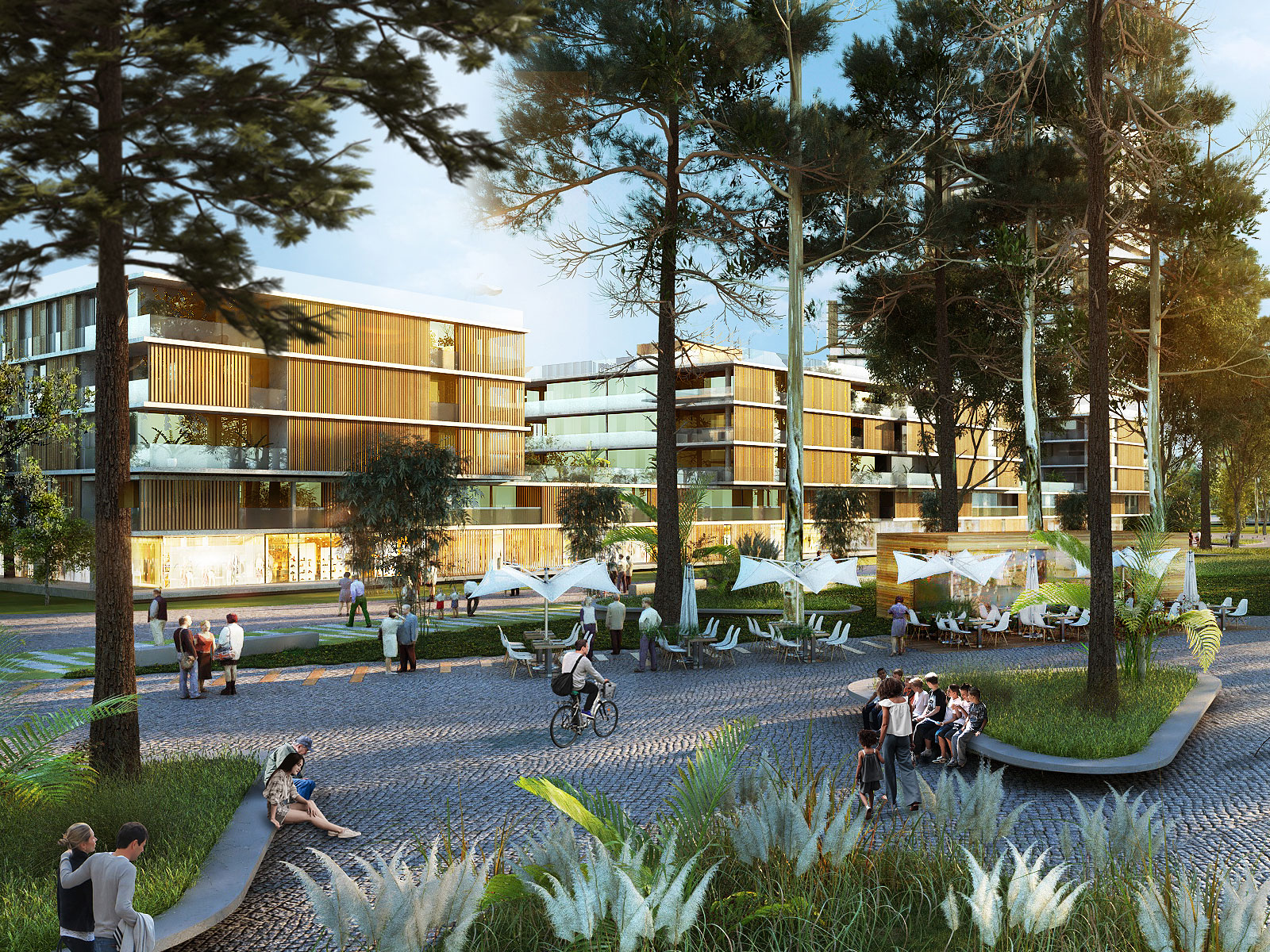
The plan is to create an open community that offers a new relationship between nature and the city based on environmental sustainability, renewable energies and respect for the landscape. The proposed urban area is a platform for the development and generation of mixed and hyper-flexible programming experiences that will lead to an expansion of Colonia’s productive matrix. It aims at drawing new residents from Montevideo, Buenos Aires and other areas of the region. Once the various stages of the project have been completed, 7000 to 8000 new homes will be created.
It is planned to attract new settlers from Montevideo, Buenos Aires or other areas of the region. Once the various stages of the project are completed, between 7,000 and 8,000 new homes will be created.
Social diversity, outstanding educational centers and burgeoning businesses that generate employment are some of the components of the new city, which will be integrated into the existing urban area. This will help position Colonia as a regional innovation and knowledge hub capable of reconciling nature, heritage and modernity.
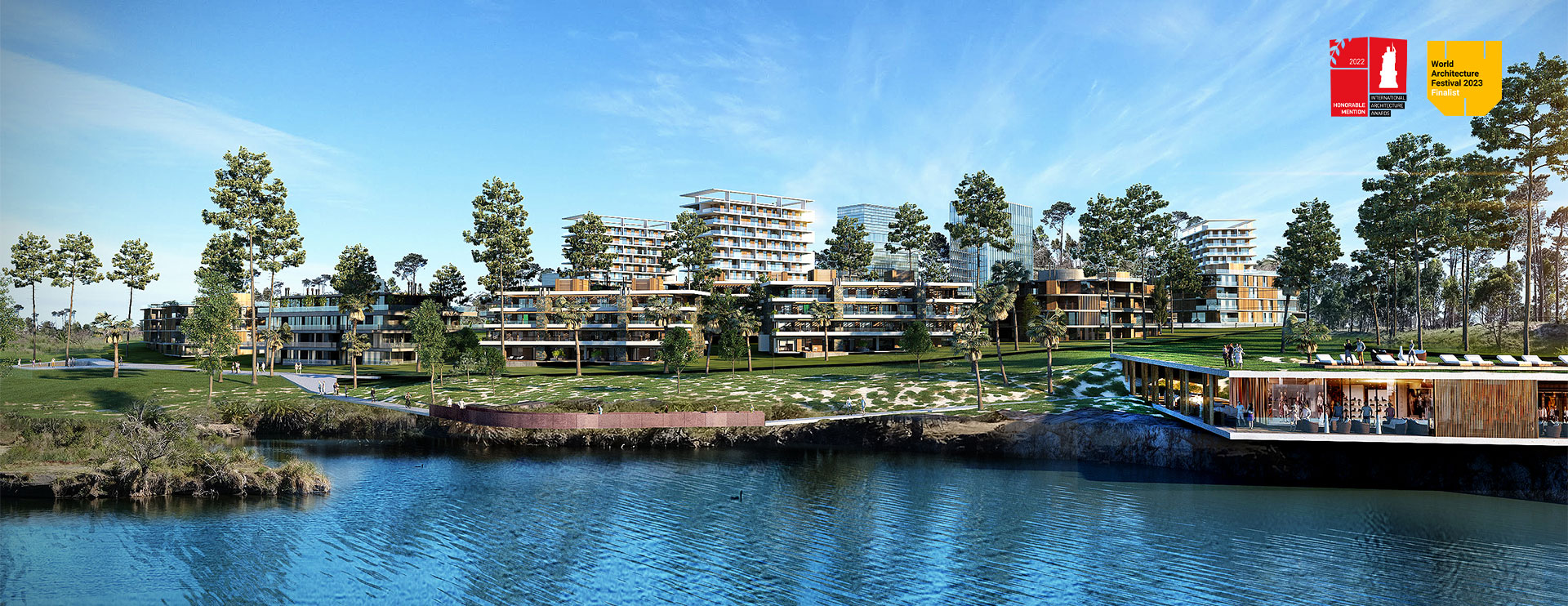
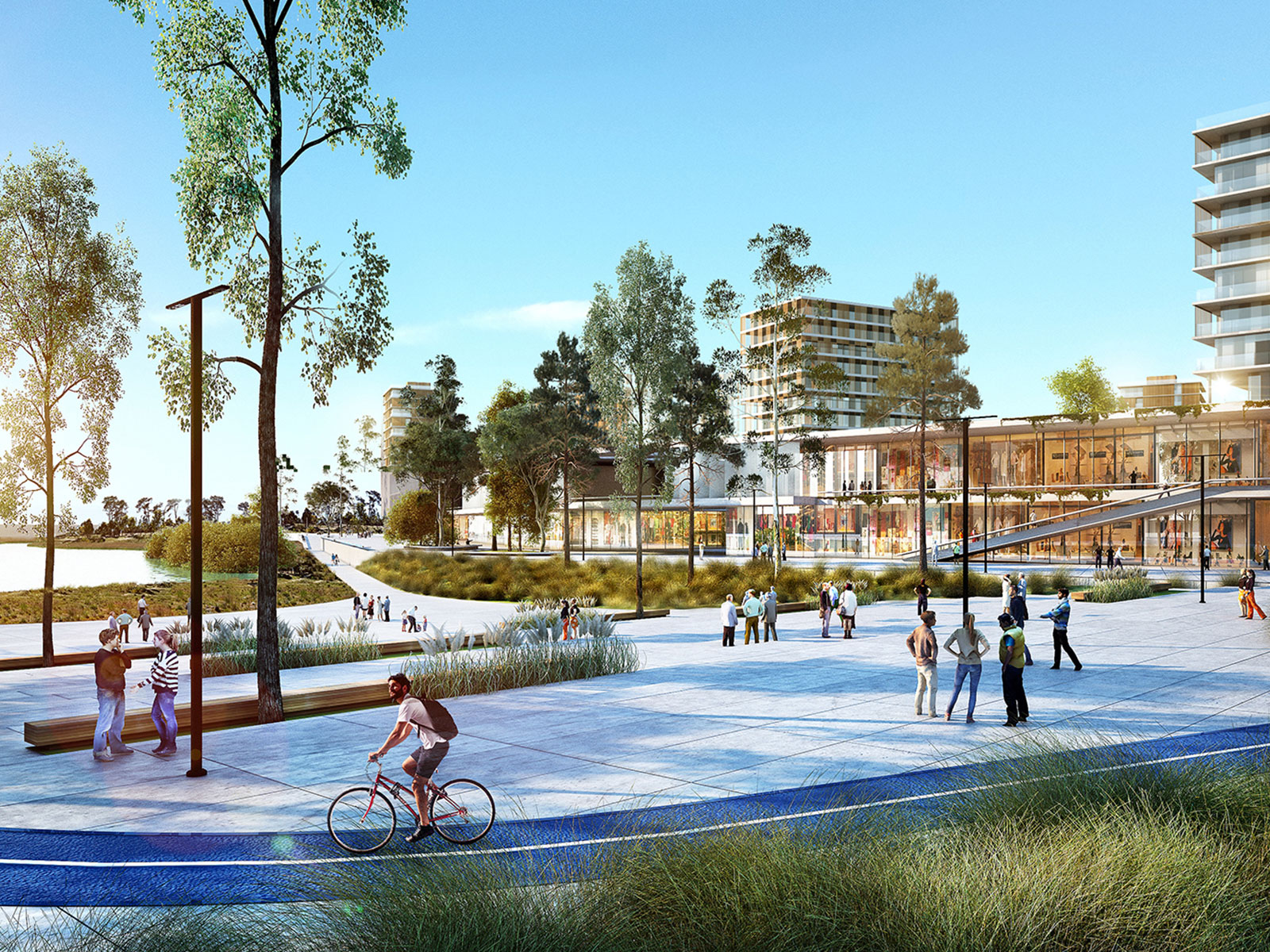
Urban design proposal
The project involves a polycentric cellular structure, strongly permeated by the natural landscape, at different scales that multiply the qualified fronts of each development hub. These urban units, surrounded and connected by nature, are adapted to the characteristics of the site and are programmed according to demand, with a strategy of controlled growth in order to achieve adequate management of the area over time.
This cellular framework builds a network of unique public natural spaces, which includes macro determinants such as the Arroyo de la Caballada park and the coast while creating other intermediate thematic areas and roads that make it possible to cross the lot in multiple directions. The green areas spread throughout the development add aesthetic and landscape value to the project, regardless of the location of the units in relation to the coast. This new system of interstitial parks recognizes and enhances the value of the diverse landscapes and preserves the power of the habitat and natural ecosystems.
The urban cores incorporate the same concept and can be subdivided into smaller units through the extension of the system of green areas towards the interior of the development. The polycentric nature offers the capacity to combine different expressive and programmatic identities in each urban core, which reinforces a distinctive and diverse experience.
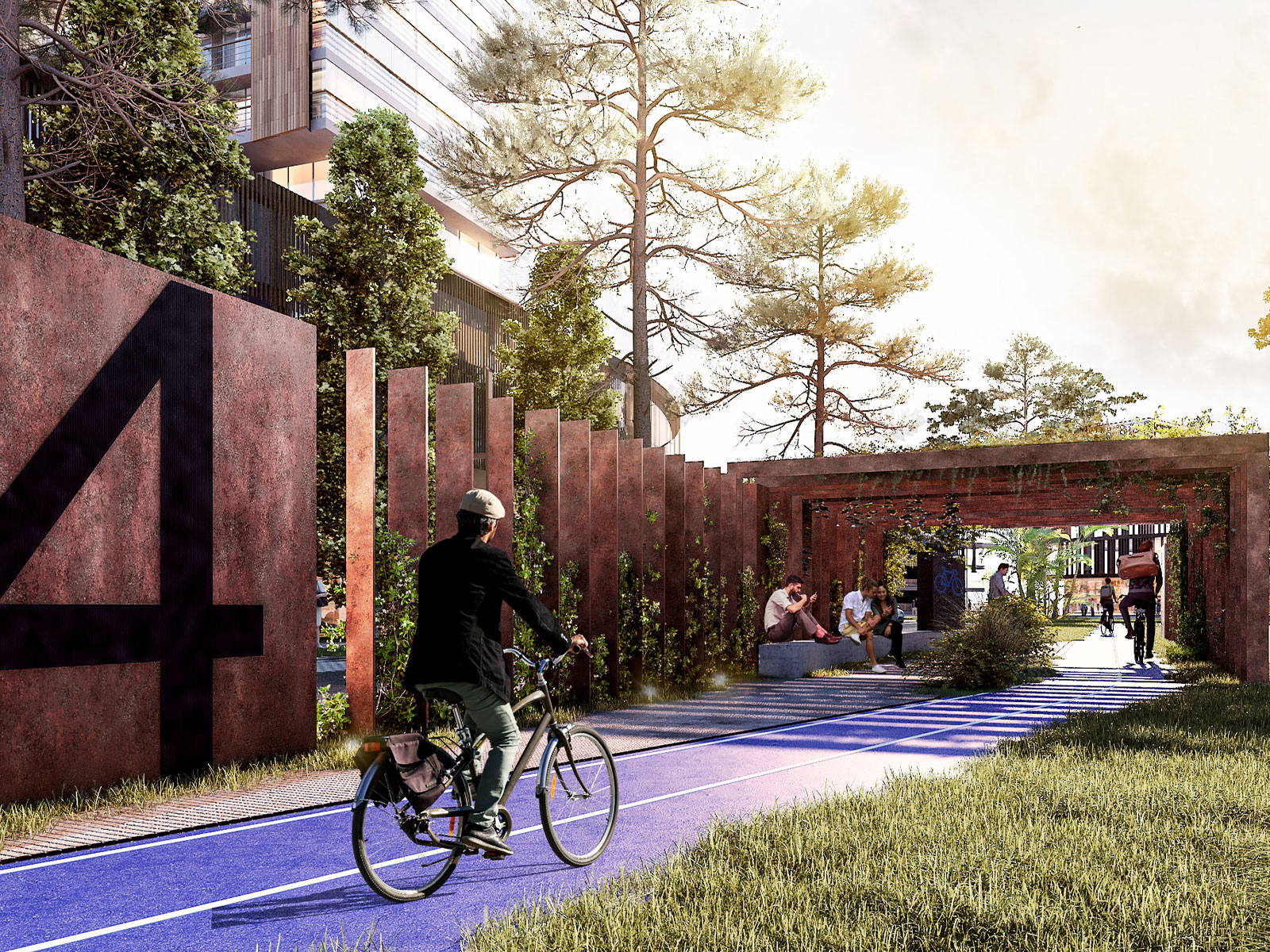
The different urbanized sections are surrounded by natural landscapes, and are adapted in size and position to the characteristics of the geography. There is a shared thematic and programmatic harmony between the various urban and green areas, centered around themed parks, that give a sense of connection to the whole.
There is a harmonious integration of city and nature between the two extremes of the site: from the “more urban” section on the western end, closest to the city, to the “more natural” part on the eastern end.
The main road network connects the different urban zones, linking their centers. This consolidates two systems of intertwined public spaces: the parks and the main roads. The development of each urban area will require a secondary public road network that will be adapted to the programs of each component.
More than 50% of the parent lot will be destined to parks, wetlands and a coast with public access. An additional 20 to 30% of the developable area will be destined to the primary and secondary public road network.
